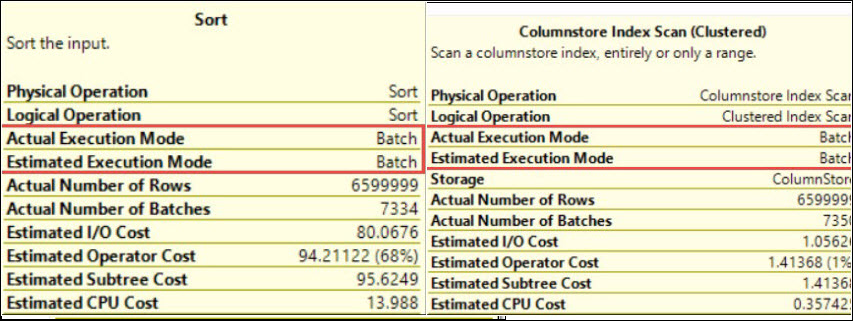Hi Friends,
This is my 26th blog on SQL Server Trace Flag 652 in the series of One Trace Flag a Day. You can go to all blogs under that series by clicking here.
There are so many tasks which sql server does by default. One of them is Read Ahead mechanism. Under this Read ahead mechanism sql server uses various complex algorithms to predict or forecast the pages which can be used in future for query processing. SQL Server read these pages into memory based on this forecast or prediction. This improves the performance of queries.
Now the question is: Can we disable this default Read Ahead mechanism? Yes, we can disable it by using trace flag 652. Let me show you this thing practically.
Run the below TSQL code, to do the setup.
USE [master]
GO
CREATE DATABASE [Trace652]
ON PRIMARY
( NAME = N'Trace652_1', FILENAME = N'E:\DATA\Trace652_1.mdf' , SIZE = 4 MB , MAXSIZE = 512 MB, FILEGROWTH = 2 MB ),
( NAME = N'Trace652_2', FILENAME = N'E:\DATA\Trace652_2.ndf' , SIZE = 4 MB , MAXSIZE = 512 MB, FILEGROWTH = 2 MB ),
( NAME = N'Trace652_3', FILENAME = N'E:\DATA\Trace652_3.ndf' , SIZE = 4 MB , MAXSIZE = 512 MB, FILEGROWTH = 2 MB ),
( NAME = N'Trace652_4', FILENAME = N'E:\DATA\Trace652_4.ndf' , SIZE = 4 MB , MAXSIZE = 512 MB, FILEGROWTH = 2 MB )
LOG ON
( NAME = N'Trace652_log', FILENAME = N'E:\LOG\Trace652_log.ldf' , SIZE = 4096KB , MAXSIZE = 4096MB , FILEGROWTH = 4096KB )
GO
use [Trace652]
go
create table xtTrace652
(
id int not null identity(1,1) primary key,
TestData char(8000)
)
go
insert into xtTrace652 values('Welcome to SQLServerGeeks.com')
go 20000
Run the below TSQL code, this will show you the default working with Read Ahead mechanism.
--Clean the buffer first and do not run this on production systems DBCC DROPCLEANBUFFERS go SET STATISTICS IO ON Select id,TestData from xtTrace652 SET STATISTICS IO OFF Go
Table ‘xtTrace652’. Scan count 1, logical reads 20076, physical reads 2,
read-ahead reads 19936, lob logical reads 0, lob physical reads 0, lob read-ahead reads 0.
Now you can run the below TSQL code with trace flag 652:
DBCC TRACEON(652,-1) go --Clean the buffer first and do not run this on production systems DBCC DROPCLEANBUFFERS go SET STATISTICS IO ON Select id,TestData from xtTrace652 SET STATISTICS IO OFF go DBCC TRACEOFF(652,-1) Go
Table ‘xtTrace652’. Scan count 1, logical reads 20002, physical reads 2495,
read-ahead reads 0, lob logical reads 0, lob physical reads 0, lob read-ahead reads 0.
From both the outputs of STATISTICS IO, you can see the values for read-ahead reads values. You will clearly see that the value is zero for trace flag 652 i.e. Trace Flag 652 disabled the read ahead mechanism.
PS: Do not use trace flags in production environment without testing it on non production environments and without consulting because everything comes at a cost.
HAPPY LEARNING!
Regards:
Prince Kumar Rastogi
Like us on FaceBook | Join the fastest growing SQL Server group on FaceBook
Follow Prince Rastogi on Twitter | Follow Prince Rastogi on FaceBook


Under what circumstances would this be desirable?
@Marc Jellinek This TF can be used for tuning purpose under high performance workload..
With read-ahead disabled, how is the query optimizer affected , if at all ?
if you will enable this trace flag then pages will not be fetched before the consumption by SQL Server. There may be some queries which are using read ahead and doing well from performance point of view, can generate performance issue if you will disable read ahead. This is the reason, lots of testing is recommended in your environment, before using this trace flag.